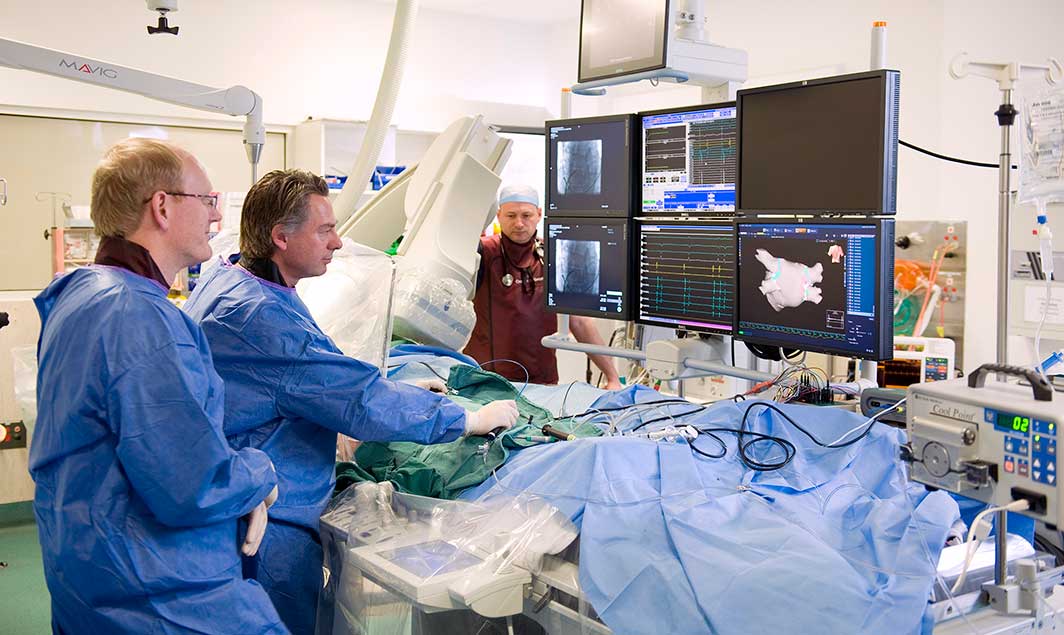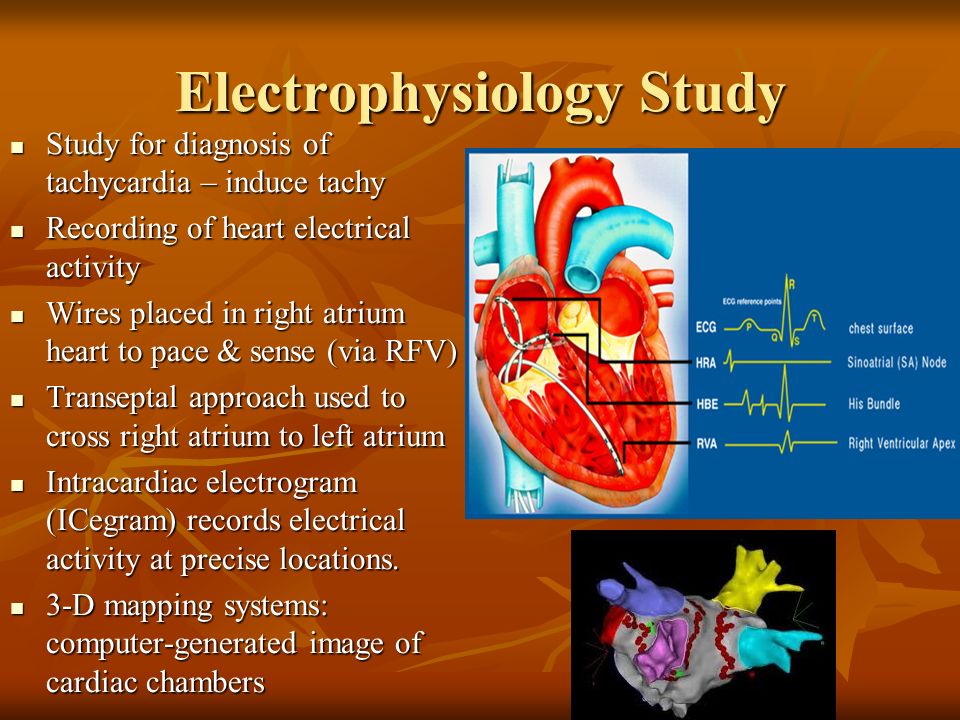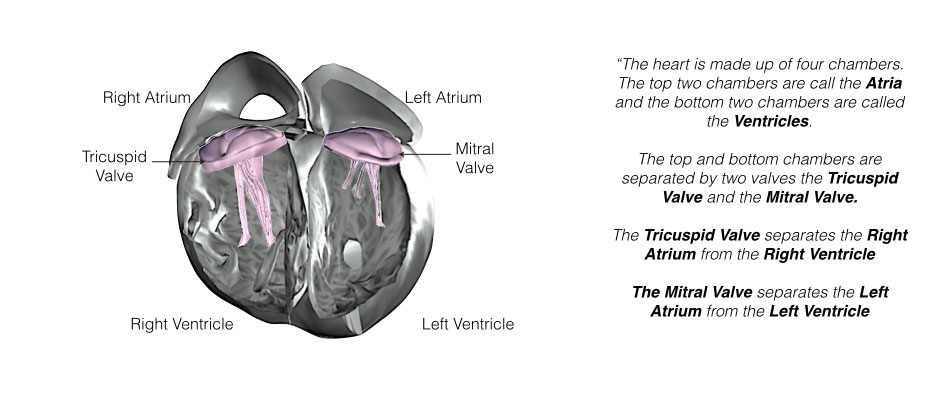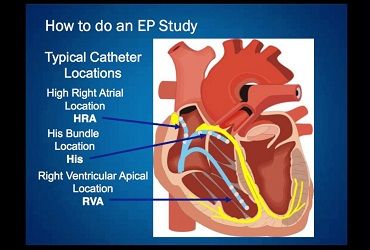EP Studies & RFA
EP Studies & RFA: Detailed Insight into Heart Rhythm Procedures





An electrophysiology (EP) study — also called invasive cardiac electrophysiology — is a series of tests that examine your heart’s electrical activity. The heart’s electrical system produces signals (impulses) that control the timing of your heartbeats. During an EP study, doctors can create a very detailed map of how these signals move between each heartbeat.An EP study can help determine the cause of heart rhythm problems (arrhythmias). Sometimes it’s done to predict the risk of sudden cardiac death. An EP study is performed in a hospital by heart doctors (cardiologists) with special training in heart rhythm disorders (electrophysiologists).
What are EP and RFA, and
why are they used?
An electrophysiology [ee-lek-troh-fiz-ee-AW-loh-jee] (EP)
study is a test that shows how electrical signals move
in pathways through your heart. When the pathway is
normal, your heartbeat is regular. When these signals
are abnormal, your heartbeat is irregular. An irregular
heartbeat is called an arrhythmia [ah-RITH-mee-ah].
Symptoms of an arrhythmia are different in each
person. They can include:
• A pounding or rapid heartbeat
• A heart “flutter”
• Dizziness or feeling lightheaded
• Shortness of breath
Radiofrequency [ray-dee-oh-FREE-kwen-see] ablation
[ah-BLAY-shun] (RFA) is a procedure used to treat some
types of arrhythmias. In most cases, it can be done
at the same time as an EP study. Your doctor will tell
you if you are scheduled for an EP study, an RFA
procedure, or both.
What happens during an
EP study or RFA?
An EP study usually takes 1 to 2 hours. An RFA
procedure also takes 1 to 2 hours, so it may take 3 to 4
hours to do both procedures.
• You’ll receive medicine through the IV to make you
feel relaxed and drowsy. Depending on your type of
heart rhythm problem, you might receive general
anesthesia so you sleep through the procedure. If
you are awake, your doctor may give you directions
during the procedure.
• A sheath (a short plastic tube) will be placed into a
blood vessel. You may feel some pressure at first.
• The doctor moves one or more catheters (thin,
flexible tubes) through a vein to your heart. You
won’t feel this.
During an EP study:
The doctor uses special x-rays to see the catheter as
it moves through your body. The catheters contain
tiny sensors that measure how electrical signals move
through your heart.
The doctor may use a catheter to cause a temporary
irregular heartbeat. Measurements taken during this
period help your doctor understand what is causing
the irregular heartbeat, where it starts, and the best
way to treat it.
During RFA:
A catheter is placed next to the heart cells that are
creating the abnormal electrical signals. The tip of
the catheter sends RF energy to destroy the abnormal
cells in that area. This can bring the heart back to a
normal rhythm.
You may feel uncomfortable when the energy is used
on the cells in your heart. Tell the doctor if you’re
feeling pain. You may need more pain medicine.
What happens after an
EP study or RFA?
After EP or RFA:
• You’ll be moved to a recovery unit where nurses can
monitor your heart rate and rhythm.
• Your leg may be numb or weak for a short while.
Special steps will be taken to make sure you’re safe
when you first get up.
• You will need to lie quietly for 2 to 4 hours. (You
may be asked to use a bedpan rather than getting
up to use the toilet at first).
• Your doctor will decide when it’s okay for you to
leave the hospital. Some patients can go home at
the end of the day. Other patients will need to
stay overnight.
• During the first 48 hours, you may have a heartbeat
that feels strange at times. This is common as your
heart muscle adjusts to the new heartbeat.
